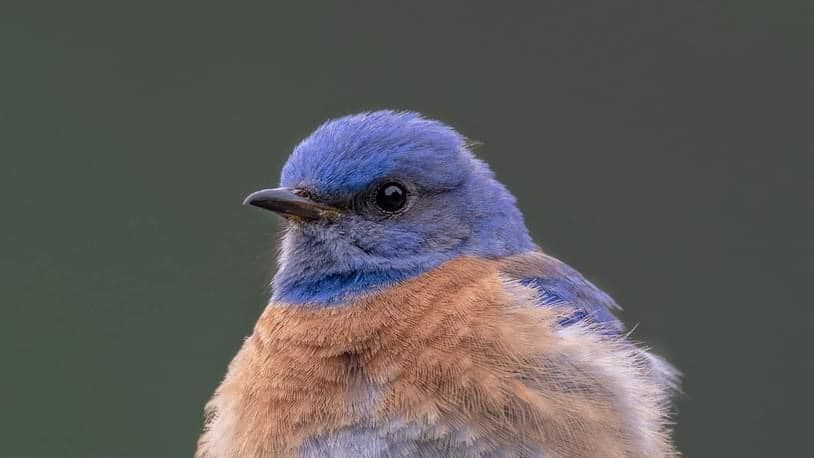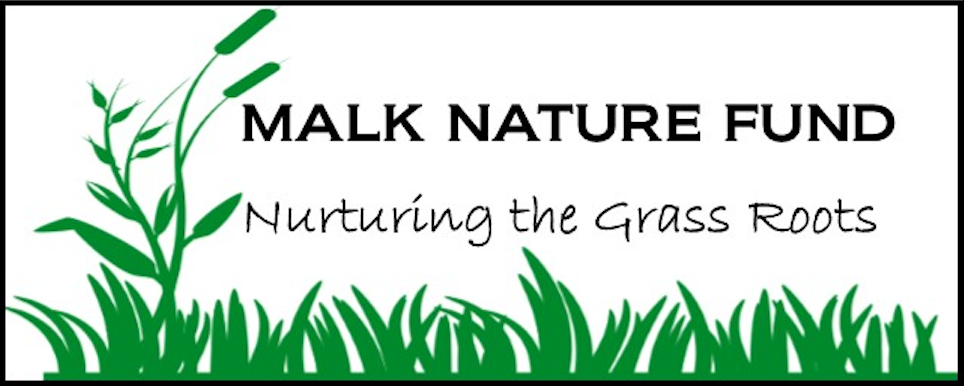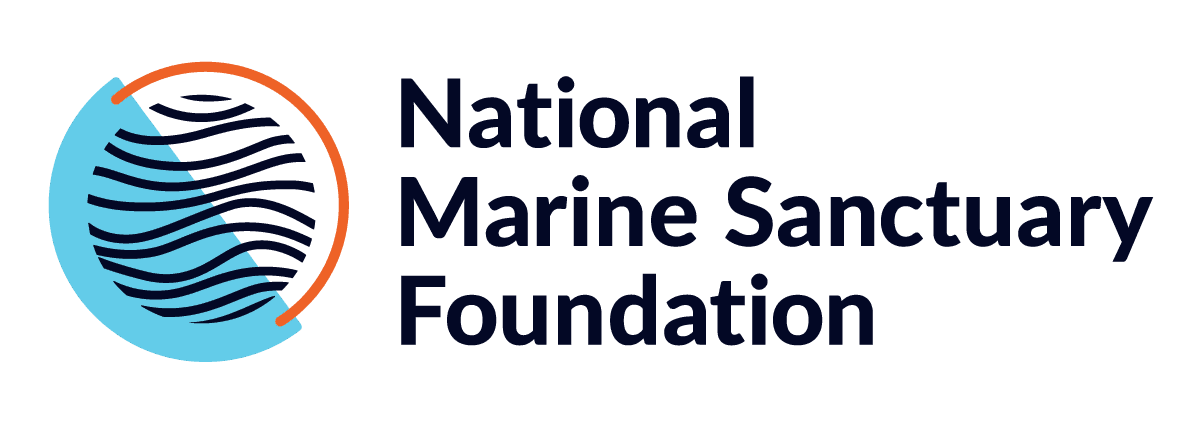California Bluebird Recovery Program
Best known as the harbinger of spring, the Western Bluebird is the flagship species for the California Bluebird Recovery Program (CBRP), a statewide community science program. The nestboxes installed help supplement lost habitat for cavity-nesting birds with weekly monitoring from February through August.
Keep reading for more information + to learn how you can get involved!
The Western Bluebird + Other Cavity Nesting Birds

Western Bluebirds and a handful of other birds that range from perching birds, swallows, parrots, and owls are “second-cavity nesters” that rely on existing cavities in dead trees and tree hollows to build nests. Existing cavities used by second cavity nesters may be excavated by “primary cavity nesters” such as woodpeckers that also use cavities to raise young.
Cavity-nesting birds have many conservation concerns caused by humans, loss of habitat from the destruction of old-growth forests due to logging, urban expansion from land development, and the removal of dead trees limiting tree cavity availability for second-cavity nesting birds. Excessive pesticide use contributes to the insect apocalypse with declines reducing food availability for insectivorous birds. Did you know? Dead trees provide significant ecological value for more than 1,000 species of wildlife worldwide. By some estimates, the removal of dead material from forests can mean a loss of habitat for up to 1/5 of the animals in the ecosystem. Dead trees provide areas for birds to perch and roost together, supply a food source of insects, provide protection from predators and shelter, and serve as a nursery for primary cavity and second cavity-nesting birds.
There are also numerous conservation concerns for cavity-nesting birds with climate change. With warmer temperatures expected in the future, the temperature inside cavities may be too hot to raise young during the hottest times of the year. Phenological mismatch or the mismatch of the timing of resources may occur in response to warmer temperatures. For example, delayed arrival to breeding grounds due to warmer temperatures may shorten the time for breeding, or inconsistent weather patterns such as rain during spring may delay insects when parents need to feed and raise young.
Best known as the harbinger of spring though occurs year-round in San Diego County, the Western Bluebird is the flagship species for the California Bluebird Recovery Program (CBRP), a community science statewide nestbox monitoring program that has supported over 400,000 cavity nesting fledglings since the program was started in 1994 by Dick Yoder. The nestboxes help supplement lost habitat for cavity-nesting birds with weekly monitoring from February through August. This program is affiliated with the North American Bluebird Society and as of 2023, CBRP has been re-initiated in San Diego County.
Get Involved
Are you interested in contributing efforts to help address conservation concerns for cavity-nesting birds? Can you commit to monitoring nestboxes weekly from February through August?
Then we'd love your help! You can participate as a nestbox monitor by:
- Installing a nestbox on private property
- Applying to become a trail monitor where a nestbox will be assigned to you for the season
- Registering an existing nestbox.
Here's how it works:
1. Take the introductory training by watching the 25-minute video or attend a CBRP-hosted workshop.
2. Depending on your scenario, click on the link below:
FOR NESTBOXES ON PRIVATE PROPERTIES:
I already have a nestbox installed on private property and need to register the box.
There is no data in my area and I would like to request a site assessment.
FOR NESTBOX TRAIL MONITORING:
I would like to apply to become a trail monitor.
I know an existing nestbox installed on a trail and would like to register this box.
To improve data quality and to help avoid nestbox abandonment when monitors leave the program, each nestbox is tracked by geographic location and provided a unique identifier. If you are new to the program, we ask that all volunteer monitors complete the training.
California Bluebird Recovery Program fits into San Diego Audubon’s multifaceted approach to help address conservation issues of cavity-nesting birds. The organization actively advocates for cavity-nesting species, facilitates native habitat restoration throughout the county through public events, the Conservation Committee’s Native Plant Invasion campaign, and seed libraries throughout the county. SDAS has participated in collaborative efforts with like-minded organizations to help improve habitat and resources for cavity-nesting birds such as involvement on the task force for the City of San Diego to become a “Bee City USA” to actively advocate for native bees and reduce pesticides use and the impact on insects that affect food availability for insectivorous birds. To help track the status of insect populations, SDAS hosts and participates in community science events focused on insect data collection including the North American Butterfly Association Butterfly Count & hosted Moth Nights at the Kendall Frost Marsh and Famosa Slough. In 2021, the organization provided professional training to tree care professionals about nesting birds in San Diego by collaborating with Tree Care for Birds and Other Wildlife at the Professional Tree Care Association Annual Field Day and Seminar.
To increase the chances of success for the program, the CBRP San Diego Team uses geospatial tools to improve the decision-making process to help determine if a location is suitable for a nestbox. The Private Property Nestbox Placement Web Application was created using ebird data of target and non-target species from the past couple years and provides information on possible bird species encountered at a designated location. We plan to improve and refine the model over time and encourage private property monitors to submit local data near the nestboxes of target and non-target species to eBird. For the placement of trail monitor nestboxes, we use a habitat suitability model that considers habitat requirements for target species, species presence, and the location requested by trail monitors.
For any program inquiries, please contact the CBRP San Diego Team. The CBRP San Diego Team is led by Lesley Handa, San Diego County Coordinator, and CBRP Board Member. The 2024 Team members include Media Team member Erika Rodgriuez. Interested in joining our team to help grow the program? Please contact us HERE!
Cavity-Nesting Birds in the News!
Pala & Torrey Pines Students Delve Into Bluebird Nest Data, 2023 Vol. 29, No 2C BRP Newsletter
The Summer I Turned Birdy, LaTresa Pearson, Fall 2023 Sketches
High School Students Showcase Data Science Project at 2024 San Diego Bird Festival
References
Goulson, D., 2019. The insect apocalypse, and why it matters. Current Biology, 29(19), pp.R967-R971.














